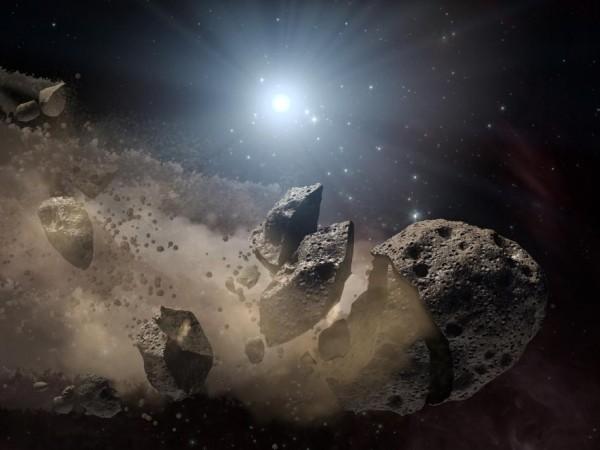NASA built a powerful machine that can deflect a potential asteroid strike in an effort to protect humanity from a similar catastrophe that obliterated dinosaurs millions of years ago.
NASA's Double Asteroid Redirection Test (DART) mission, scheduled for 22 July 2021, is a demonstration mission to study the use of kinetic power to deflect an asteroid. This project uses the kinetic force to avert a space rock that could possibly strike the planet.
NASA's Evolutionary Xenon Thruster – Commercial (NEXT-C)
NASA plans to test the DART on the tiny binary asteroid system called Didymos with a pair of space rocks – Didymos A and Didymos B. Even though the space rocks are no threat to the planet, they are perfect for testing the machine's defenses. The asteroid deflecting machine will crash into Didymos B.

DART is powered by an ion engine called NASA's Evolutionary Xenon Thruster – Commercial. NEXT-C can produce 6.9 kW thrust power and uses ion drives to move the machine in the space. The Houston-based space agency describes the engine to be three times more powerful than the DAWN and Deep Space One spacecraft.
NASA plans to send DART into Didymos asteroid system along with some satellites to capture the images of the impact and the debris made by the collision. After launching in July 2021, the DART is expected to reach its target by 22nd September 2021.
According to the space agency, the impact will leave a 20-meter wide crater on the asteroid's surface that will change its orbital velocity by half a milimeter per second. Those surface changes will impact Didymos B's rotation period, allowing Earth-based telescopes to detect the asteroid.
Future Plans

Once the mission completes, the machine will be destroyed after its first test mission. However, the project will continue with European Space Agency handling the next stage.
ESA is projected to launch a follow-up mission, called Hera, in 2024. This mission will help the researchers analyse the impact of DART. They will also launch instruments in this mission to study the binary asteroids as well as their interior.
NASA further adds that when propulsion engine has been successfully used on DART, NEXT-C will be used on variety of other unmanned missions over a period of 10-15 years that could include going to planets like Venus.















